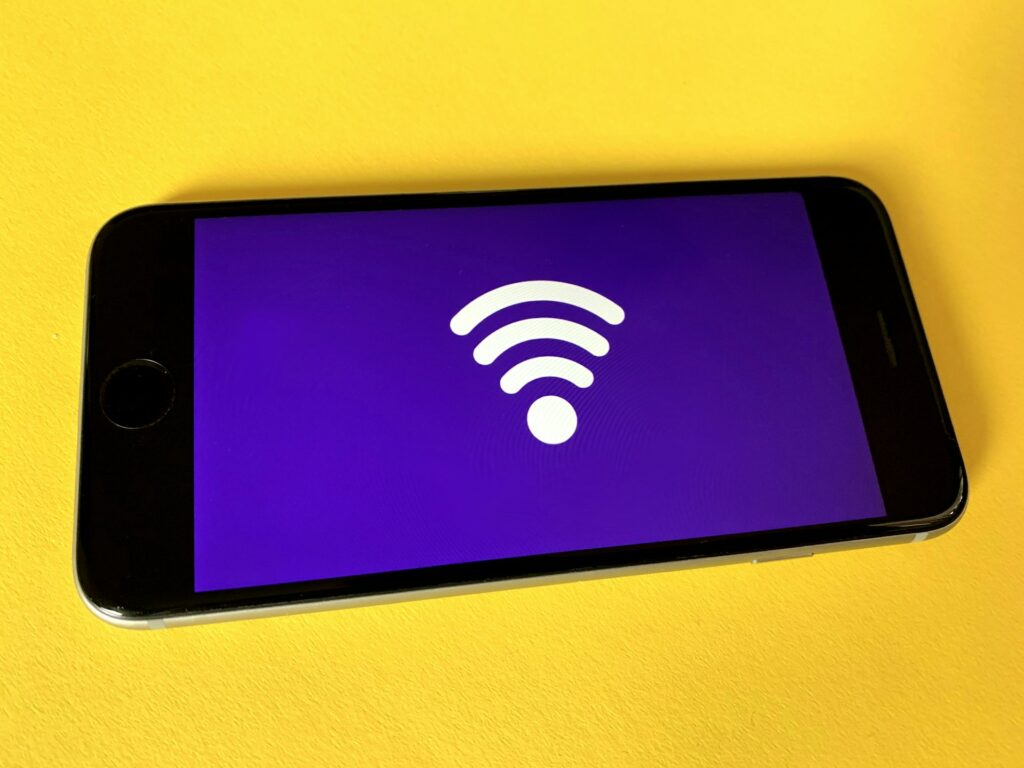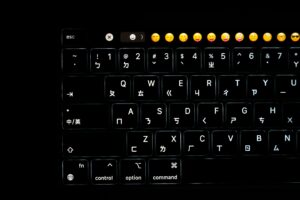When it comes to the speed and reliability of internet connections which is better: Wi-Fi or wired connections?

When it comes to the speed and reliability of internet connections which is better: Wi-Fi or wired connections?
Why the Type of Connection Is Important
In today’s world, a reliable and fast internet connection is required for work, streaming, gaming, and daily living; it is no longer considered a luxury. When it comes to deciding between wired and wireless internet, the choice made may have a significant effect on performance due to the fact that so many gadgets depend on connection. Each of them has both advantages and drawbacks, and the decision that is best for you will be based on the things that you value most.
Understanding the Internet When It Is Wired
When you connect your device directly to a router or modem using an Ethernet cable, you are usually utilizing a wired internet connection. This results in the establishment of a physical link, which guarantees that data will move with as little interruption as possible. Offices, gaming settings, and residences where reliability is of the utmost importance are all places where wired configurations are often used.
The Basics of Wi-Fi
Wi-Fi transmits data between your router and your devices via radio waves. It offers flexibility, which enables laptops, cellphones, and other smart devices to connect to one another without the need of wires. Although the most recent Wi-Fi standards, including Wi-Fi 6 and Wi-Fi 6E, have made improvements in speed, capacity, and coverage, wireless connections continue to operate in a manner that is distinct from that of wired connections.
Comparing Speeds
Wired Internet: Ethernet connections are capable of transmitting data at very fast rates, which often meet or even surpass the maximum speeds that are specified in your internet package. Wired connections are able to manage data transmission at very high speeds with ease, thanks to the presence of more recent standards such as Gigabit Ethernet and 10-Gigabit Ethernet.
WiFi: Wireless technology has made great progress, with WiFi 6 and 6E providing multi-gigabit speeds when circumstances are optimal. On the other hand, the real performance may vary depending on factors such as the distance from the router, obstructions such as walls, and interference from other devices.
Dependability and Consistency
Wired Internet: Extremely reliable since the connection is not impacted by physical impediments or interference. After a connection is established, the speeds stay constant, which makes it the gold standard for dependability.
Wi-Fi is more susceptible to variations in signal strength. The performance of a device may suffer if a number of other devices are linked to it, or if there is interference from microwaves, cordless phones, or Wi-Fi networks in the surrounding area.
Latency and Gaming
Wired Internet: Latency is lower, which is often measured in single-digit milliseconds. As a result, it is well suited to applications where reactions that are just a fraction of a second long are critical, as such as competitive gaming and video conferencing.
Wireless internet: Latency has decreased with current standards, but it still has a tendency to be greater and less reliable than cable connections. Wi-Fi is adequate for streaming and recreational gaming, but when it comes to competitive situations, cable connections are still the best option.
Considerations Regarding Security
Wired Internet: Because an attacker would need to have physical access to the network, this connection is inherently more secure.
If the right security measures are not taken, Wi-Fi networks are more susceptible to hacking. It is possible to lower the level of danger by using strong passwords, WPA3 encryption, and ensuring that firmware is always up to date.
Installation and Ease of Use
Wired Internet: This kind of internet connection necessitates the use of Ethernet cables, which might include digging, stringing wires between rooms, or making use of switches. In bigger houses or locations where movement is required, it may prove to be an inconvenience.
- Wi-Fi: Wireless internet connections that are very handy and can accommodate dozens of devices at once. This is the perfect choice for smartphones, tablets, and smart home gadgets.
- Coverage and mobility are two important factors to consider when deciding on a mobile network provider.
- Wired internet is restricted to the places where you have wires. Ideal for stationary devices, such as desktop computers, game consoles, and smart televisions.
- Wireless Internet (Wi-Fi): Allows you to utilize devices anywhere within the range of the router, giving you the freedom to move about. Mesh Wi-Fi systems provide you the ability to expand coverage across big houses and outdoor locations.
Factors that Affect Price
Wired Internet: In addition to Ethernet cables, network switches are often required as extra gear. Although the initial expenses may be more expensive, it is customary for them to result in long-term savings as they reduce the need for periodic modifications.
Wireless Internet Access: Routers and mesh systems have the potential to be rather costly, particularly when it comes to the latest Wi-Fi standards. On the other hand, after the initial setup, Wi-Fi is able to handle a greater number of devices while incurring just a minor additional expense.
- Wired Internet: The Most Effective Applications
- Gaming that is both professional and competitive
- Video editing or the transfer of huge files from one device to another
- Streaming in 4K or 8K without experiencing any buffering
- Home offices that must provide the highest possible level of dependability
The Most Effective Applications of Wi-Fi
- Mobile devices such as smartphones, tablets, and computers
- Smart home equipment, such as speakers, cameras, and thermostats,
- Households that have a lot of gadgets that need connections at the same time
Watching videos that are streamed online, playing games that do not need a lot of processing power, and casually perusing the internet
Hybrid Setups: The Best of Both Worlds Hybrid setups provide the greatest possible benefits of both worlds. Hybrid setups are a combination of two different approaches: one approach is entirely physical, and the other is entirely digital. This combination of approaches creates a hybrid setup that offers the best of both worlds. Hybrid setups offer several advantages over traditional setups. For example, hybrid setups are more flexible and adaptable than traditional setups. Hybrid setups are also more cost-effective than traditional setups. Hybrid setups are also more environmentally friendly than traditional setups. Hybrid setups are not without their drawbacks, however. For example, hybrid setups can be more difficult to manage than traditional setups. Hybrid setups can also be more time-consuming to set up than traditional setups. Hybrid setups can also be more expensive to set up than traditional setups. Despite these drawbacks, hybrid setups can be a great option for those looking to get the most out of their setups. Hybrid setups offer a number of advantages over traditional setups, making them an attractive option for those looking to get the most out of their setups.
There are several families who get the benefits of using both methods. For instance, when it comes to desktop computers, gaming consoles, or workstations, it is best to utilize wired connections, but for mobile devices and smart gadgets, it is best to depend on Wi-Fi connections. Additionally, mesh systems and powerline adapters are two other options that may be used to expand the range of communication without requiring the use of an excessive amount of cable.
When it comes to sheer speed, dependability, and low latency, wired internet is still the greatest option available, which makes it the most suitable choice for applications that need a lot of processing power. On the other hand, Wi-Fi provides unparalleled convenience and mobility, particularly for families that are packed with wireless gadgets. In most cases, the most intelligent strategy is to use a hybrid arrangement, which involves using a wired connection in the areas where it is most important and using Wi-Fi everywhere else.




